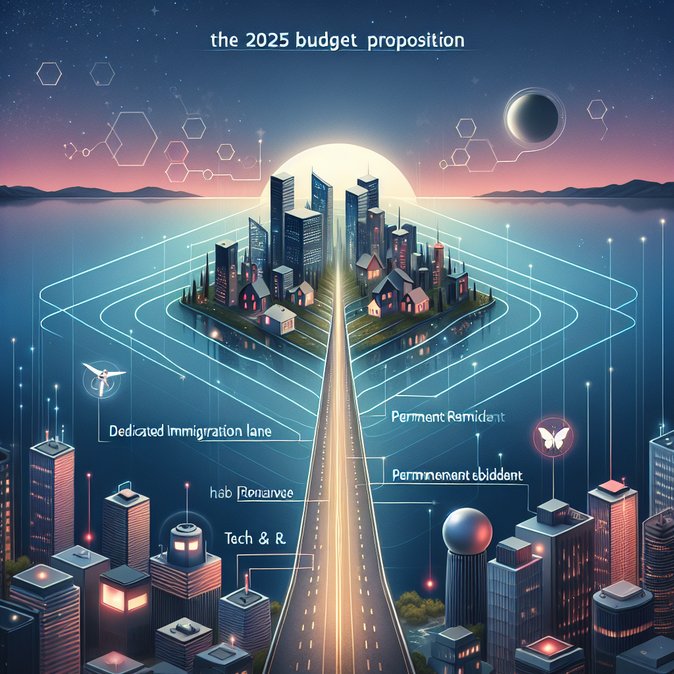
Also embedded in Budget 2025 is a headline-grabbing talent-attraction measure: an accelerated permanent-residence pathway for holders of U.S. H-1B specialty-occupation visas. Details released on Nov 4 confirm Ottawa’s intent to build on the one-year H-1B open-work-permit pilot launched in 2024 and convert it into a fast-track stream that offers direct permanent residence once eligibility criteria are met.
The pathway forms part of a broader International Talent Attraction Strategy that earmarks CA$1.7 billion over 13 years for 1,000 new research chairs, relocation grants for PhD students and post-docs, and funding to speed up foreign-credential recognition—especially in health care and construction. Officials say the package is designed to counter both a U.S. fee hike on H-1Bs and fierce global competition for STEM labour.
![Canada to Launch Accelerated PR Pathway for U.S. H-1B Visa Holders]()
For multinational employers, the new stream promises visa certainty and a defined PR timeline for key staff who may otherwise face U.S. green-card backlogs. Canadian provinces with tech hubs—Ontario, British Columbia and Québec—expect the measure to deepen talent pools and spur secondary job growth in start-ups and supplier networks.
HR and mobility teams should track forthcoming regulations on minimum salary, occupation lists and settlement-fund thresholds. Early indications are that applicants will need at least one year of recent H-1B status, a Canadian job offer or in-country employment, and language scores comparable to Express Entry’s. Corporations should earmark relocation budgets for mid-2026, when intake is expected to open.
The pathway forms part of a broader International Talent Attraction Strategy that earmarks CA$1.7 billion over 13 years for 1,000 new research chairs, relocation grants for PhD students and post-docs, and funding to speed up foreign-credential recognition—especially in health care and construction. Officials say the package is designed to counter both a U.S. fee hike on H-1Bs and fierce global competition for STEM labour.

For multinational employers, the new stream promises visa certainty and a defined PR timeline for key staff who may otherwise face U.S. green-card backlogs. Canadian provinces with tech hubs—Ontario, British Columbia and Québec—expect the measure to deepen talent pools and spur secondary job growth in start-ups and supplier networks.
HR and mobility teams should track forthcoming regulations on minimum salary, occupation lists and settlement-fund thresholds. Early indications are that applicants will need at least one year of recent H-1B status, a Canadian job offer or in-country employment, and language scores comparable to Express Entry’s. Corporations should earmark relocation budgets for mid-2026, when intake is expected to open.







